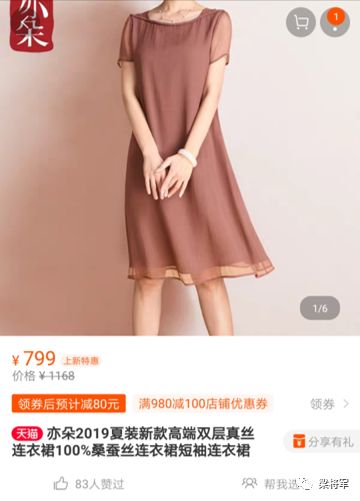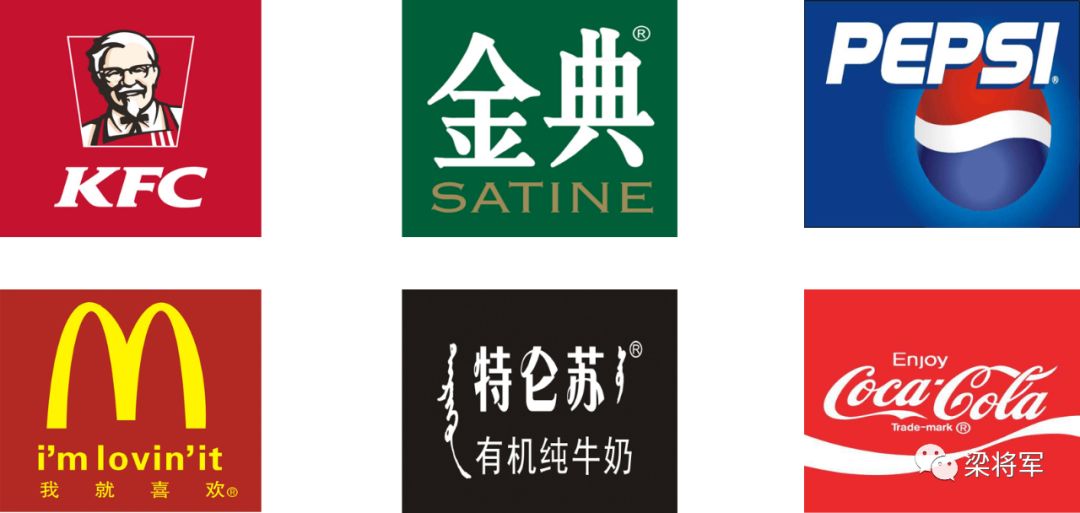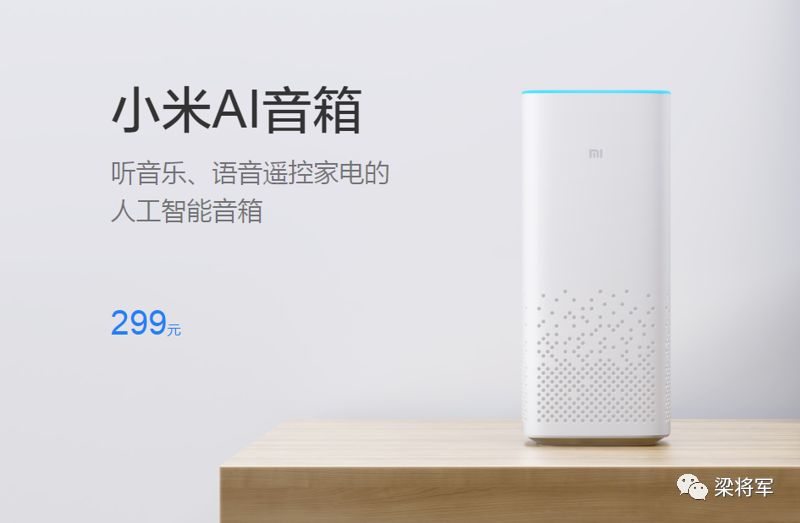When you and your opponent’s products are highly homogenized, then consumers are not buying products at all, but brand information.
Editor’s note: This article is from WeChat public account “General Liang” (ID: liangjiangjunisme)< /a>, the author Liang General.
“Brand homogenization” is really a marketing disease that is popular throughout the country. Whether it’s entering Shangchao or opening a mobile phone, we are all facing the same brand. For example:
Microfinance is saying “low threshold” and “fast money”;
Pick diapers are shouting “easy to absorb, not allergic, anti-side leakage”;
The milk brands are playing “milk source” and “protein content”.
The irony is that the industry with the highest level of homogenization in Chinese brands is the advertising industry. Advertising companies sell the same resources, offer the same price, provide the same service, but every day to teach advertisers how to break the brand homogenization, this is the industry’s largest black humor.
Moreover, I found that whether it is a theoretical article on “market homogenization” on the market, or a company’s practical practice of solving “brand homogenization”, there is a very big cognitive misunderstanding. Today, we rethink the topic of “brand homogenization”. The core content includes the following three levels:
01 Why do people “brand homogenization” but live well?
02Resolve the four wrong theories of “brand homogenization”
03Building the five correct poses for “brand differentiation”
01Why do others “brand homogenization” but live well?
In addition to nonprofit organizations, the fundamental purpose of all business operations is to create profits, and where does the profits come from? Profit comes from innovation. This is not what I said, it is said by the famous American economist Schumpeter. The essence of innovation is to create differentiated competitiveness.
However, we often see phenomena that seem to violate the master’s point of view in the market. Many brands are highly homogenized, why are they still alive? For example, the following CPs:
But, everyone found that none of these homogenized brands have some commonalities:
1. These brands are almost always the boss and second child of their respective market segments;
2. They are big players in this industry, and they share most of the market share;
In other words, most companies that survive under brand homogenization are mostly category pioneers and fast followers:
The early competition was not killing each other, but dividing the market share faster;
And their competition for each other has also accelerated market education, allowing users to quickly recognize this category;
When the market is near saturation, their competition is to strengthen the moat together, making it difficult for new brands to share a piece of cake.
When new brands want to break into this Red Sea, there are only two possibilities:
First, the market is not fully saturated, so it gives small brands a chance. But small brands can only solve the problem of food and clothing, it is difficult to subvert the industry landscape;
The second is to establish a differentiated competitive advantage in the homogenized market competition.
Followers often appear in the market, there are always imitators, and occasionally subversives, but the hardest thing is the pioneer. So, most of the time, for a startup brand, the only chance you win the market is to create differentiation.
I think most market people don’t want to fall into the quagmire of “homogeneity”. They want to be different, but what bothers them is that there is no difference between everyone’s products and technology. How to differentiate?
I want to say: products can be homogenized, but brands must be differentiated.

02Break four wrong theories of brand homogeneity
When brands develop differentiated strategies, they often treat four things as differences.
If we start with a segmentation category as the differentiated value of the brand, once we encounter the market ceiling and need category expansion, we will be forced to reposition the brand.
2. Treat user class as difference value
Many companies like to position themselves as “high-end” brands, such as these brands:
But at the same time, the real high-end brand has never put the word “high end” in the mouth. Have you seen Ferrari say that it is high-end? Have you heard of LV and Hermes shouting that they are high-end?
This is like Bill Gates. It is impossible to print the “world’s richest man” on a business card. The more real high-end brand, the more like to keep a distance from the public; the more the high-end brand is not, it is not A true high-end brand, but want to become a high-end brand.
When “high-end” is used as a brand differentiation, the biggest problem is that it is unclear, that is, consumers simply cannot know where your “high-end” is high-end.

Let’s take a look back at the advertising copy of the Good Shop and Zhu Yeqing:
What is a “high-end snack”? Cleaner? Better taste? More expensive?
What is the “high-end sales market”? What is this market divided? Is the market price of tea?
“High-end”, “low-end”, this vocabulary is a relative concept, not an absolute concept. “High-end” and “category” should be the brand positioning of the company, and should not be the value expression of the company facing consumers.
3. Use technical strength as a difference value
The technical power is the difference value, the most common words are “smart”, “black technology” and “redefined ###”.
Now, more and more companiesThe industry began to use “smart” as its own differentiated label, such as the US smart rice cooker, 360 smart camera, Travelmate artificial smart suitcase…
Where is the problem of using technology as a selling point? Let’s take the smart speaker as an example to illustrate this problem. Combining AI and speakers not only liberates consumers’ eyes and hands, but also makes it easier to search for songs. Smart speakers have also become the human-computer interaction portal for the future living room, which can be said to be of great significance.
But the seemingly high-tech smart speaker market immediately turned from the blue ocean to the Red Sea market. Xiaomi, Huawei, Baidu, and Ali have joined the competition in the smart speaker market. The addition of the giants, thoroughly play the true nature of their “price butcher”, shuffling small players. For example, Xiaomi’s “Little Love Classmate Mini Edition” official website only sells for 299 yuan.
So, the biggest problem with technology as a difference selling point is that technology is a kind of thing that is developed at a high speed but also eliminated at high speed.
If your technical strength is not strong enough, then your biggest difference will become the biggest weakness. You will be easily copied quickly by powerful opponents and then quickly eliminated.
4. Treat market size as difference value
This method is common in the giants of various industries in China. The commonly used brand words are “leaders” and “leading sales”.
Put the “leader” to the user’s mindset. When there are more people choosing the same thing, it generally means that its quality and service are more reliable.
But did you find out? Foreign leaders rarely advertise themselves as leaders. Let’s recall, P&G, Nike, KFC, Coca-Cola… Did they emphasize their sales problems in advertising? Why are foreign big brands not doing this?
Because for anyone, the more people choose it, the less perceptive it is. And personality is synonymous with niche in a sense.
Many of thisThe selling point of the product is “durable” and “strong stirring”. If you only look at these two core selling points, then it is basically no different from other brands in the market, but George thought of a way to completely enlarge the selling point of the mixer.
He bought a bunch of marbles, then put them in a blender and stirred them. The marbles violently jumped in the blender. After 15 seconds, George opened the lid of the blender and the marbles became one. Group white dust. George recorded it all with a camera and then spread it to YouTube, which was very popular.
Later, George also tried to shred the lighter, gamepad, and even the iPhone. This series of videos is called Will It Blend? “, the number of hits exceeds 300 million. In 2 years, the business of the mixer has increased six times.
What George did was to visualize the abstract selling point of a product, or even dramatize it.
In fact, many products have differentiated selling points, but the problem is: your selling point does not make the user clearly aware. Note that I used a word called “Awareness”. The brand’s value selling point is not to let the user “think” or “judgment”, but to perceive it.
Because “thinking” and “judging” are just rational decisions of the human brain. If it is rational decision-making, the most common reaction of users is to compare prices, compare various parameters, and do various kinds of evaluation. In addition to car, real estate and other high-consumption decision-making products, general consumer goods, users are too lazy to take the time to “identify” your value.
So, the differentiated value of the brand must be user-perceivable and touchable. If your brand doesn’t evoke his desire to consume in the first three seconds of the user’s attention, then the user will be lost.
So, there are two practical tips for amplifying user perception. Let’s take a few common ways to explain it:
1) Use numbers to create value perception.
The most typical case is OPPO’s “charging for 5 minutes, talking for 2 hours.” The two numbers “5 minutes” and “2 hours” have created a tremendous value impact.
2) Use visuals to stimulate user perception.
We all know that tea is now a big market, but at the same time the competition is quite fierce. Hi tea, Naicha tea, Lele tea, intoxicating tea, boiled leaves, antlers lane, 1 point… this track It is quite crowded.
The new brand new entry is called “My Secret Model Tea”, and the color of the store is based on the color of Wei Mi Da Xiu._1564595378409_img_000″> There is also a “Confucius Temple Blessing Sign” in the package of this product. If the “Prayer Sign” drawn by the candidates is on the sign, there will be certain rewards. They are in Qufu, Shandong, which is the hometown of Confucius. He held a “Confucius Temple Confucius Grand Ceremony” and obtained the authorization of the Confucius Temple. Is this much like the popular IP cross-border? This is a case of ten years ago.
At that time, this “Confucius Temple Blessing Examination Pen” was madly robbed by the national candidates before the college entrance examination. Many candidates wanted to take this lighted instrument to participate in the college entrance examination.
Damn this pen and other test pens, is there a difference in physical properties? No. It only cleverly uses the psychology of the Chinese to do Tujili, and finds a highly differentiated value point for an original homogenized product.
When we complain that our products have no features, we may try to “treat” to find out if the product may have a new sense of meaning, so that it stands out in the homogenization competition.
4. Redefine the entire value
Now, the term “redefined” has been ruined by major brands. It seems that as long as a certain brand of products has a slight technical or commercial breakthrough, it can redefine the industry. But it is undeniable that “redefining” your brand value is especially suitable for brands with innovative business models.
Every time I open my music TV, I have a sentence on the screen. “I am not a TV, but a big-screen Internet ecosystem…”. LeTV does not define itself as “television”, but defines itself as “big screen ecosystem”. This kind of “bio-dimensional” positioning is to put itself in the “future” and put the opponent in “ancient”, especially Can trigger people’s desire for the future.
This marketing idea comes from Apple, because Apple’s era of Apple has been “redefining” the technology industry, and Apple has redefined music players, mobile phones, and personal computers. Now, companies with the same temperament as Apple, as well as Tesla, Google, Box Ma Xiansheng, Rui Xing coffee.
The famous futurist, “The Lost Control” author KK once said to Google’s founder Larry Page: “I am not optimistic about the future of search.” Larry Page replied: “Oh, actually we Doing artificial intelligence.” So, whether it is Google Maps, Google Glass, or Alpha Dog, these are not expanding the search business, but the in-depth development of artificial intelligence.
The anxiety of being eradicated by the times, coupled with our imagination of the future, always makes people expect new things to emerge and break the old traditional order. If your business has such a gene, then you can use the “redefined” approach to think about the differentiated value of the brand.
<



